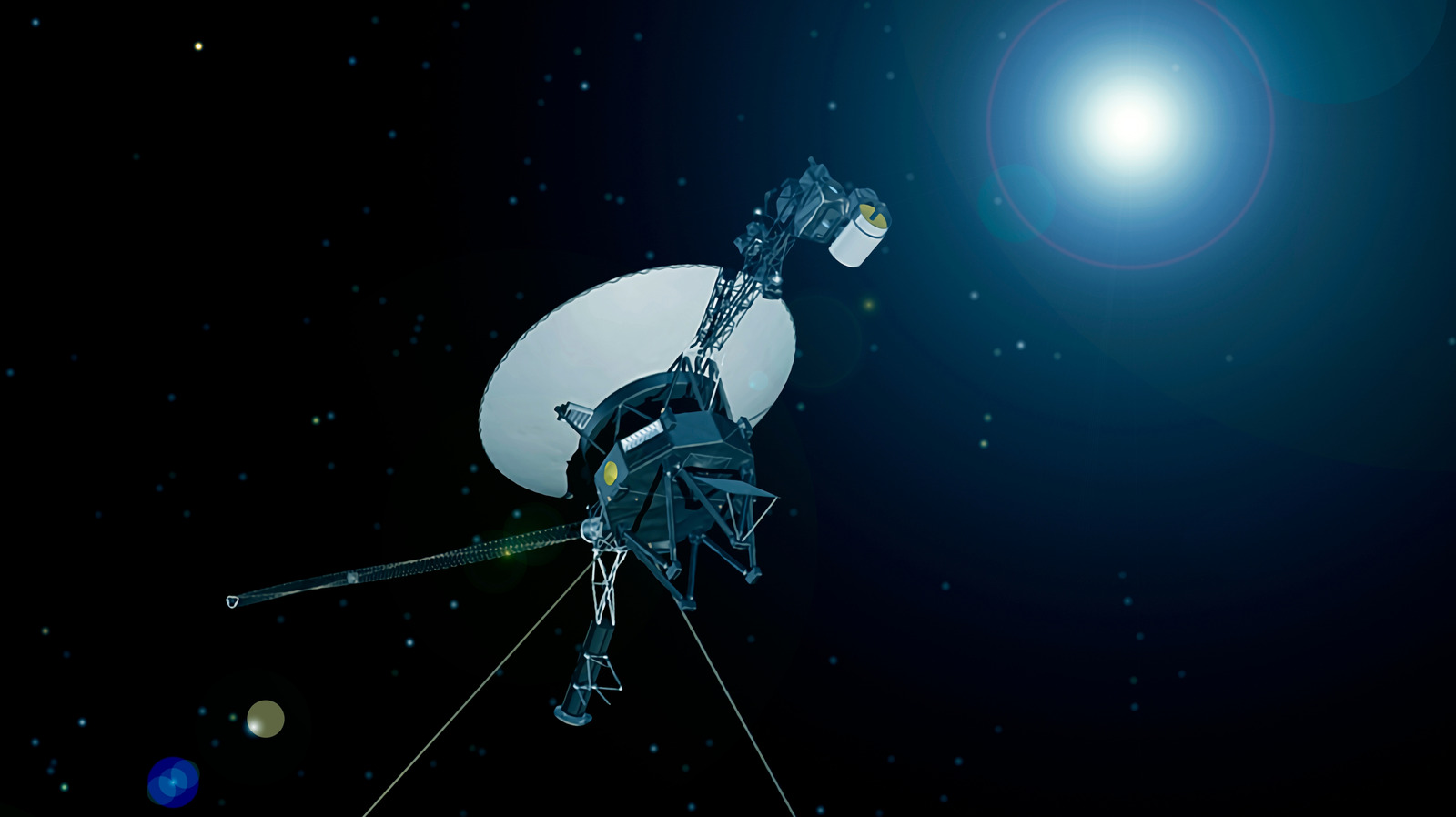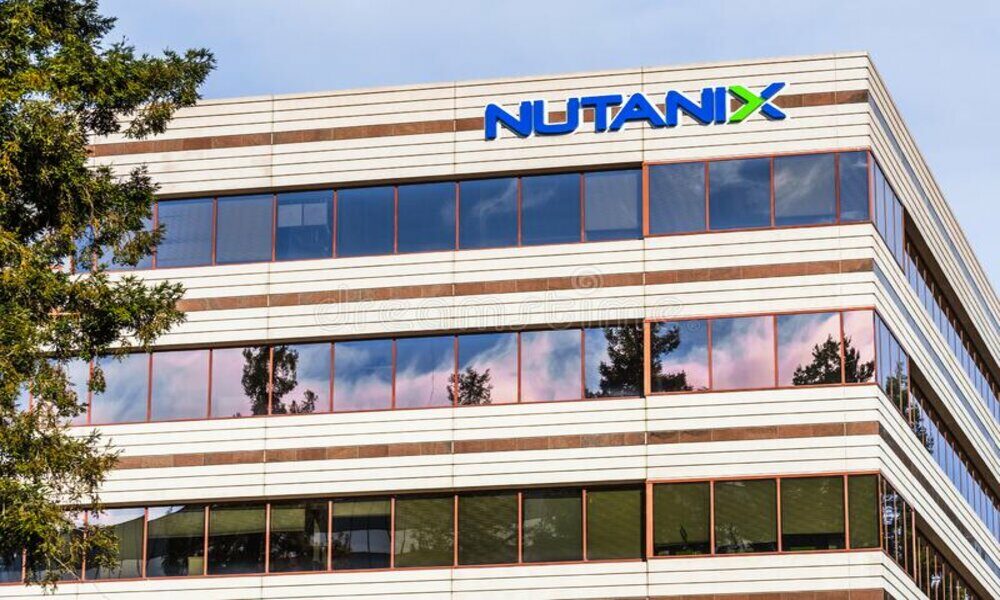Voyager 1, launched in 1977, has traveled farther than any spacecraft in human history. After more than four decades of silent endurance through space, it now sails beyond the orbit of the outer planets of the solar system. Its mission has transcended planetary flybys; it’s now humanity’s first direct way to explore interstellar space. NASA has used radio to talk to Voyager 1 as it stumbled upon something astonishing hiding at the farthest reaches of our solar system: a mysterious “wall of fire.” This may sound like it came right out of a sci-fi story, yet it’s part of the very real final frontier where no man has gone before. What this “wall of fire” truly represents is still being investigated, but it is shown to be the heliopause — in other words, the borderline where our sun stops having any influence on anything beyond it.
This outer layer is created by the solar winds interacting with interstellar gases, which results in superheated plasma. Voyager discovered that this remote region of our solar system reaches extremely hot temperatures of 30,000 to 50,000 Kelvin (54,000 to 90,000 degrees Fahrenheit). Fortunately for spacecraft like Voyager, the particle density is too low for this heat to be transferred, so we can continue sending out probes without the risk of overheating. But this discovery at the edge of our solar system is more than merely a scientific milestone.
The extremes of the heliopause
What scientists are calling the “wall of fire” is more formally known as the heliopause. It’s the invisible boundary that marks the outermost edge of the sun’s influence. The heliosphere is a vast bubble in which the solar wind — a stream of charged particles constantly blowing outwards from the sun — shields our solar system from harsh radiation that comes from interstellar space. However, that protective influence has a limit. At a certain point, the solar wind collides with the ionized gas and plasma (and other particles known as the interstellar medium) between the stars, slowing, compressing, and creating a turbulent frontier.
It’s not only the existence of the heliopause that’s so striking; it’s also the unexpected extremes that Voyager 1 has discovered there (not to mention a strange hum). As the spacecraft got closer to this boundary, its instruments recorded sudden changes in particle density and magnetic fields. These are the signatures of a region far more turbulent than scientists imagined. Instead of a smooth and gradual fade between solar and interstellar space, Voyager 1 found abrupt shifts, almost like stepping over a threshold.
The most surprising revelation was the temperature dynamics. Near the heliopause, charged particles become trapped and compressed, creating zones of extraordinary heat. Other nearby regions remain relatively cooler. This produces a patchwork of hot and cold plasma, unlike anything observed inside the heliosphere. That’s why this contrast was nicknamed “the wall of fire,” evoking an image of fiery clashes of energy at the boundary of the solar system.
The magnetic environment added another twist. Voyager 1 detected magnetic field lines that appeared stronger and more orderly than expected. That suggests that the interstellar magnetic fields may be pressing harder against the heliosphere than previously believed. This tension between magnetic fields is what shapes the boundary and warps it like a balloon under pressure.
Voyage through the wall of fire
Together, these discoveries reveal that the edge of our solar system is not a quiet fade into the galactic vastness, but a dynamic frontier. Forces from within and beyond clash and shape each other in unpredictable ways. For scientists, the solar system frontier is a laboratory in its own right, where natural experiments unfold to reveal how stars and their planetary systems carve out bubbles in the galaxy.
Voyager 1 is now traveling through interstellar space, and each measurement it makes is unprecedented, a first for humanity. It has already crossed into the region where the solar wind is weak. There, the magnetic fields grow more complex, and particles from beyond our solar system begin to dominate. What’s more, the heliopause is not a solid wall, but a dynamic, shifting interface between two realms. It separates the familiar space where our sun governs, and the vast, unknown territory beyond the confines of our solar system. Voyager 1 probing this frontier helps scientists answer questions on how our solar system interacts with the rest of our galaxy and how far the sun’s influence really extends. What lies in the space beyond?
Each faint signal Voyager 1 sends back to Earth has to travel more than 24 billion kilometers to reach us, and each of those signals is just a fragment of the answer. But now we know that our solar system doesn’t just end abruptly: It transitions into a complex and fiery border with the rest of the galaxy.







